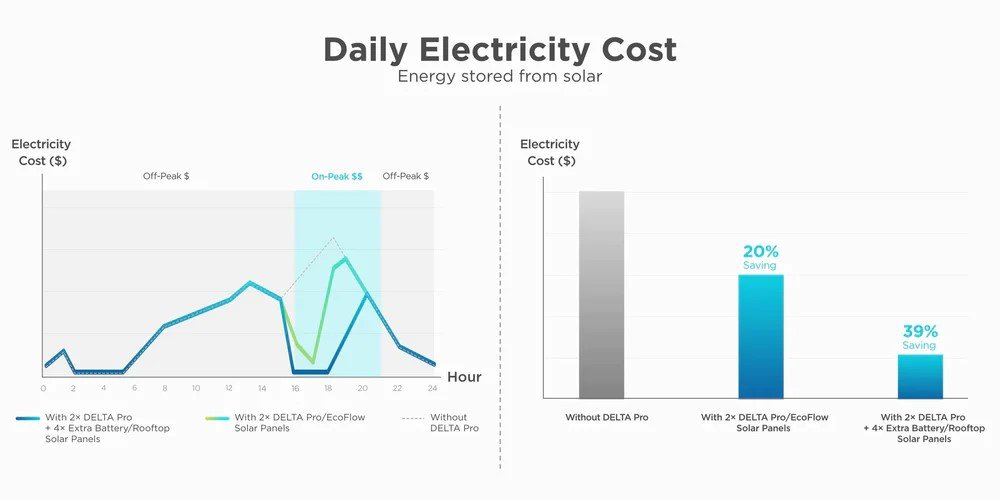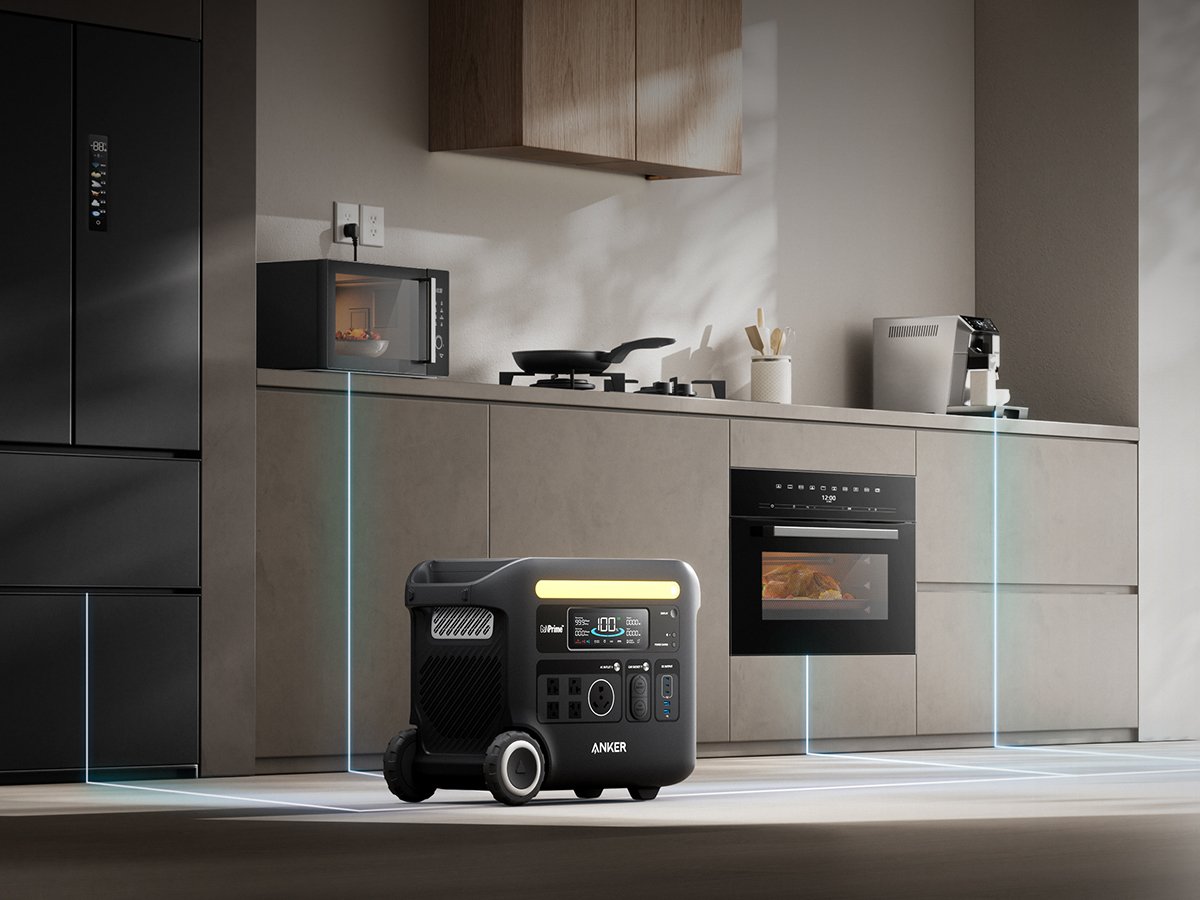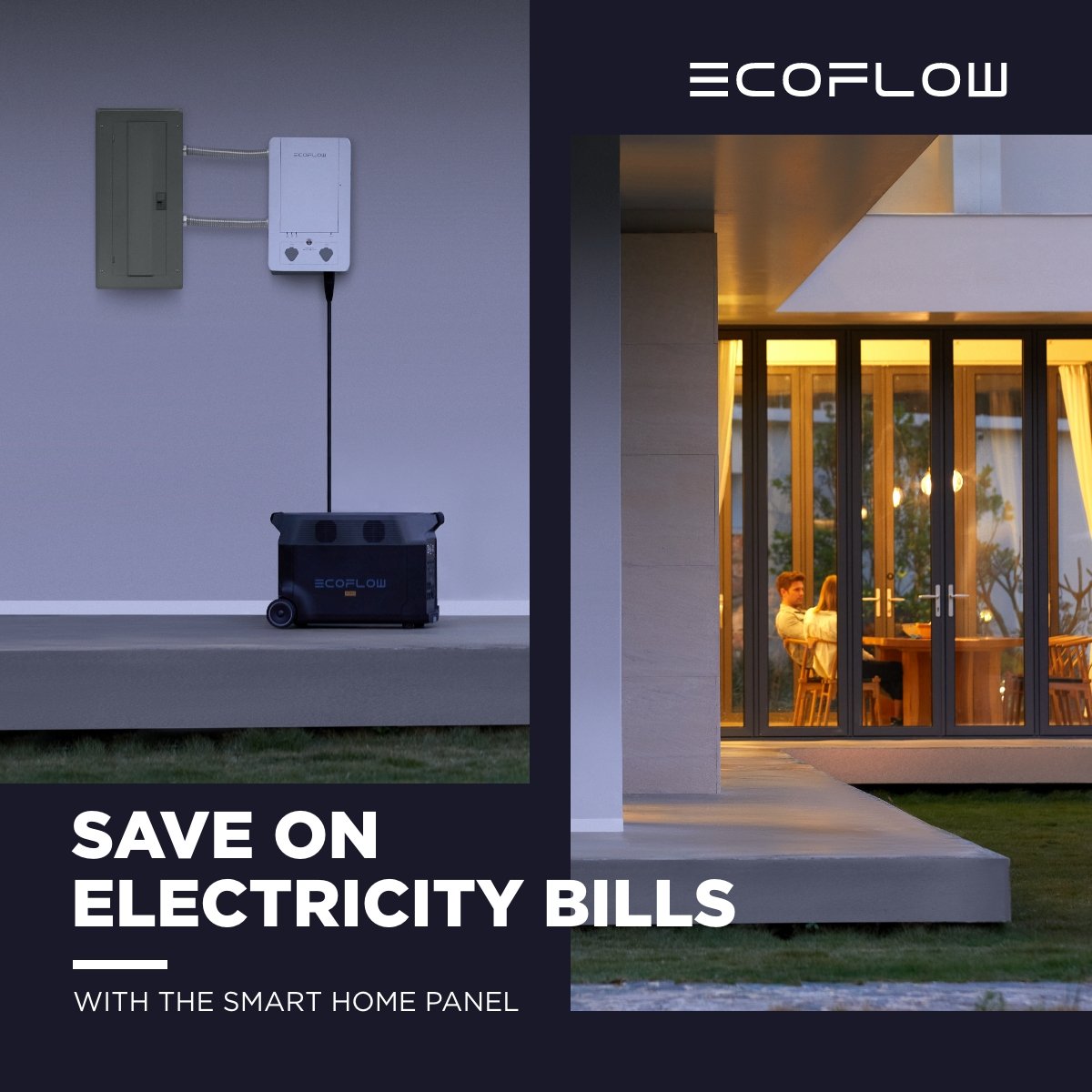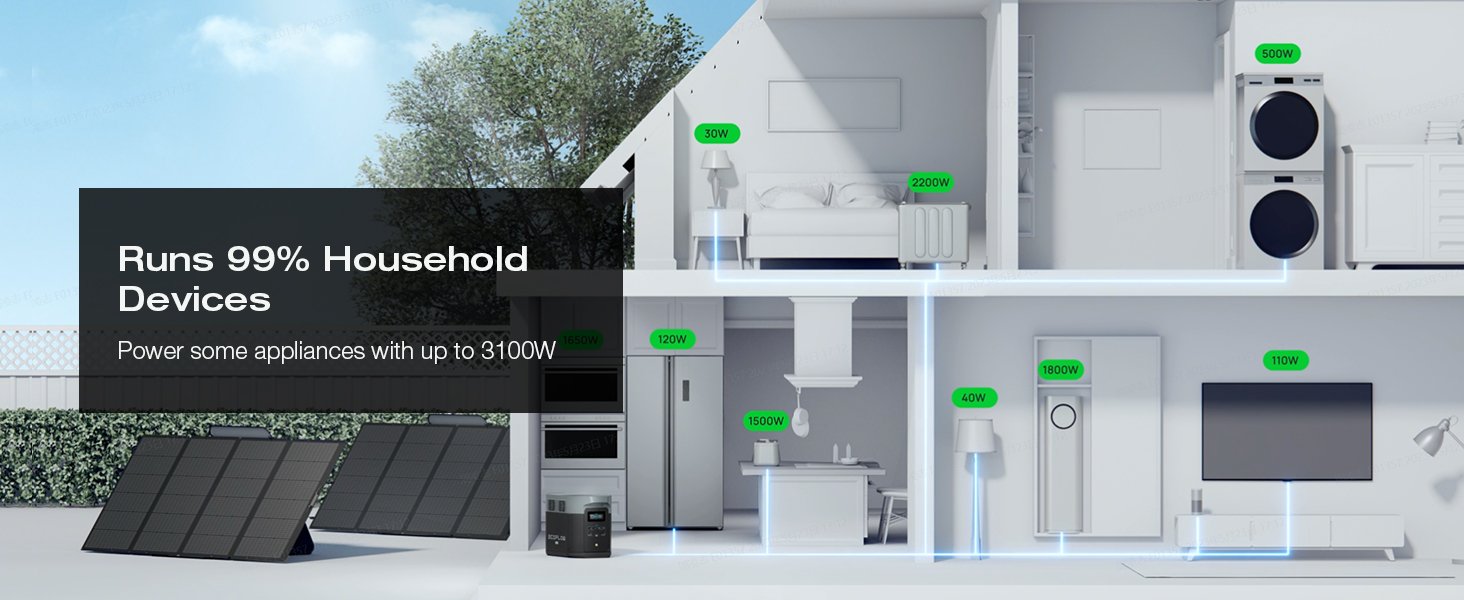
In recent years, the rising costs of electricity have prompted many homeowners and businesses to explore alternative energy sources. One of the most promising solutions is solar power. Solar generators, in particular, have gained popularity for their ability to offset electricity usage and provide substantial cost savings. In this blog post, we will look at the economic benefits of utilizing solar generators and portable power stations, focusing on the advantages during peak energy hours.
Average Cost of Electricity
Depending on where you live in the United States, the cost of energy can be a major monthly expense. According to EnergyBot, Hawaii, Rhode Island, Maine, Connecticut, and Massachusetts, round out the top 5 states with the highest energy rates per month.
As of January 2024, these 5 states pay an average of 32.11 cents per kilowatt hour. Comparatively, the average electricity rate in the United States in general is 16.21 cents per kilo-watt hour.
Metro areas can see even higher rates as they are more densely populated.
Solar generators have the potential to dramatically reduce your energy cost per month, depending on factors like your home’s energy consumption and your location. Keep in mind, that peak hours and off-peak hours fluctuate by season as well.
Pictured: EcoFlow Delta Pro Portable Power Station + Smart Home Panel
Understanding Peak Energy Hours
To comprehend the significance of solar generators, it's crucial to understand peak energy hours.
In the United States, peak energy hours typically occur in the late afternoon and early evening, usually between 4:00 PM and 9:00 PM. During these times, many utility companies charge higher rates, called time-of-use rates, due to increased demand.
Average Cost of Electricity during Peak Hours
Hypothetically, let us say that the cost of energy during peak energy hours in your area is $0.20 per kilowatt-hour (kWh). Keep in mind that these rates can vary depending on location and time of year.
You can calculate your own peak energy cost per kilo-watt hour by taking a look at your energy bill. It's worth noting that these prices are considerably higher than off-peak rates, making it an opportune time to explore alternative energy solutions.

Return on Investment (ROI) and the Federal Solar Tax Credit
Investing in a solar generator is not only an environmentally friendly choice but also a smart financial move.
The Federal Solar Tax Credit, which offers a 30% dollar-for-dollar credit on the total system cost, significantly reduces the initial investment when you purchase a qualifying battery storage system such as EcoFlow’s Delta Pro or Delta Pro Ultra, or Anker’s F3800.
For instance, if you were to install a $10,000 solar system, the tax credit would reduce the cost to $7,000.
Pictured: Anker SOLIX F3800 Portable Power Station + 1x BP3800 Extra Battery + Transfer Switch Kit
Calculating ROI for a $10,000 Solar System during Peak Hours
To determine the payback period, let's consider a scenario where the solar generator is utilized exclusively during peak energy hours. Assuming an average electricity cost of $0.20 per kWh during peak times, and a solar system that generates 20 kWh per day, we can estimate the daily savings.
Daily Savings = (20 kWh/day) x ($0.20/kWh) = $4.00/day
Now, to calculate the annual savings:
Annual Savings = $4.00/day x 365 days = $1,460/year
With an initial investment of $7,000 (after the tax credit), the payback period would be approximately 4.79 years ($7,000 / $1,460 = 4.79).
This savings and ROI is only if you were to use your system during peak energy hours. Imagine the savings if you were to use your solar system during off-peak hours as well. Especially in the States and metro areas with the highest cost of energy.

Pictured: Anker SOLIX F2600 Portable Power Station
Using a Solar Generator or Portable Power Station without Installing a Complete Solar System
You do not need to invest tens of thousands of dollars to offset your energy usage. Companies like Anker and EcoFlow make portable power stations and solar panels in a variety of capacities and price points.
These portable options are ideal for those who do not want to install an entire solar system or for those renting apartments, condos, or houses where installing a full solar system is not worth the investment.
Power stations like Anker’s SOLIX C1000 or EcoFlow’s Delta 2 offer similar capacities and AC output with similar retail pricing at $999.
If you are looking for a little extra capacity in one power station the Anker’s SOLIX F2600 or EcoFlow Delta 2 Max would be an ideal choice. These power stations retail at around $2,199 and $1,899, respectively.
It is more difficult to calculate ROI in this scenario. Your cost savings would depend on which energy-hungry appliances you choose to plug in and when.
Some of the top energy-hungry appliances are washers and dryers, dishwashers, refrigerators, and freezers which account for a quarter of your energy bill combined.
It is also important to factor in the portable power station's ability to handle certain appliances. An Electric Meter can help determine your appliance's energy use over time.
It is also important to keep in mind the utility of such power stations in the event of a power outage. You could power your refrigerator and/or an electrical griddle for hours, or even days.
Pictured: EcoFlow Delta 2 Max Solar Generator + 400W Solar Panels
Investing in solar generators or portable power stations to offset electricity usage during peak energy hours not only contributes to environmental sustainability but also offers significant cost savings. With the Federal Solar Tax Credit providing a substantial reduction in the initial investment, homeowners can enjoy a reasonable payback period, making solar generators a financially sound choice for the long term. Choosing between a small, medium, and large-capacity portable power station is dependent on your energy usage and the wattage of your appliances. For those who are renting, the cost savings are still applicable and worth investing in for long-term savings.








